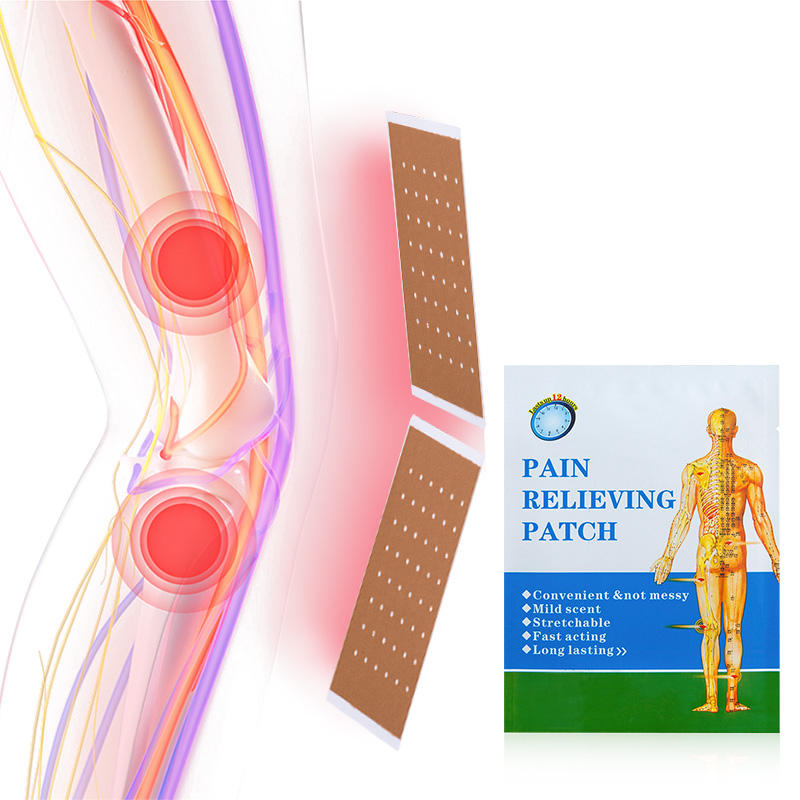Author:Kangdi 29-11-2023
Pharmaceutical companies seeking diversification into specialty topical analgesics like pain relief patches must adapt processes suiting unique transdermal product needs. Critical manufacturing considerations for ensuring premium quality patches cover:
01. Precise Drug Distribution
Unlike oral tablets with uniform mixing, pain relief patches contain distinct layers requiring tailored integration yet separating active pharmaceutical ingredients into targeted skin zones for sustained release. Robust binding across adhesive, membrane, drug and backing layers during assembly prevents uneven distribution issues like medicine leaking or diffusing too rapidly through pores instead of 12 hour gradual emission.
02. Optimal Adhesive Selection
Adhesives constitute a pivotal component determining pain relief patches effectiveness through stable skin adhesion enabling drug absorption in the first place. But factors like molecular weight, solubility and isoelectric points of incorporated medications influence options balancing stickiness for week-long wearability yet avoiding irritation or residue with easy removal later. Common choices range from silicone, acrylate to polyisobutylene varieties.
03. Material Biocompatibility
pain relief patches apply direct chemical exposure onto skin making biocompatibility essential for preventing toxicity issues, especially with long-term pain management use. Traces of fabrication residuals from materials like adhesives, anti-oxidant stabilizers, permeation enhancers etc must clear dermatological safety levels without triggering inflammation or itching upon adhesion.

04. Precise Thickness Control
With a multilayer architecture within typically less than 3mm thickness, maintaining dimensional precision across integrated drug, polymer, membrane and adhesive strata optimizes patch flexibility balancing effective skin conformity for patient comfort yet avoiding easy tearing or damage. Thinner systems favor better drug diffusion as skin penetration correlates proportionally with compact thickness able to deform around contours easily during body movement.
05. Minimizing Excipient Interactions
Excipients are carrier ingredients aiding the manufacturing process or enhancing product stability. Common examples include emulsifiers facilitating drug solubility, permeation enhancers improving skin absorption rates and preservatives allowing long term storage etc. However excessive quantities can react with active ingredients reducing therapeutic potency over product shelf life. Strict controls prevent negative excipient interactions.
06. Packaging Optimization
Environmental factors also degrade drug quality over time. So choosing packaging preventing moisture, UV radiation permeation etc enhances shelf life like aluminum foil pouches or laminated films with desiccant layers shielding patches during transit or storage until usage preventing deterioration especially for analgesics requiring sustained potency lasting years.
In summary, ensuring efficacy, safety and stability demands tight integration across manufacturing modules tuned to the exacting needs of specialized pain relief skin patches above conventional singular focus tablet production. Get pain relief patches quality right with careful material selection and limit degradation channels.
 0086 19937104978
0086 19937104978




